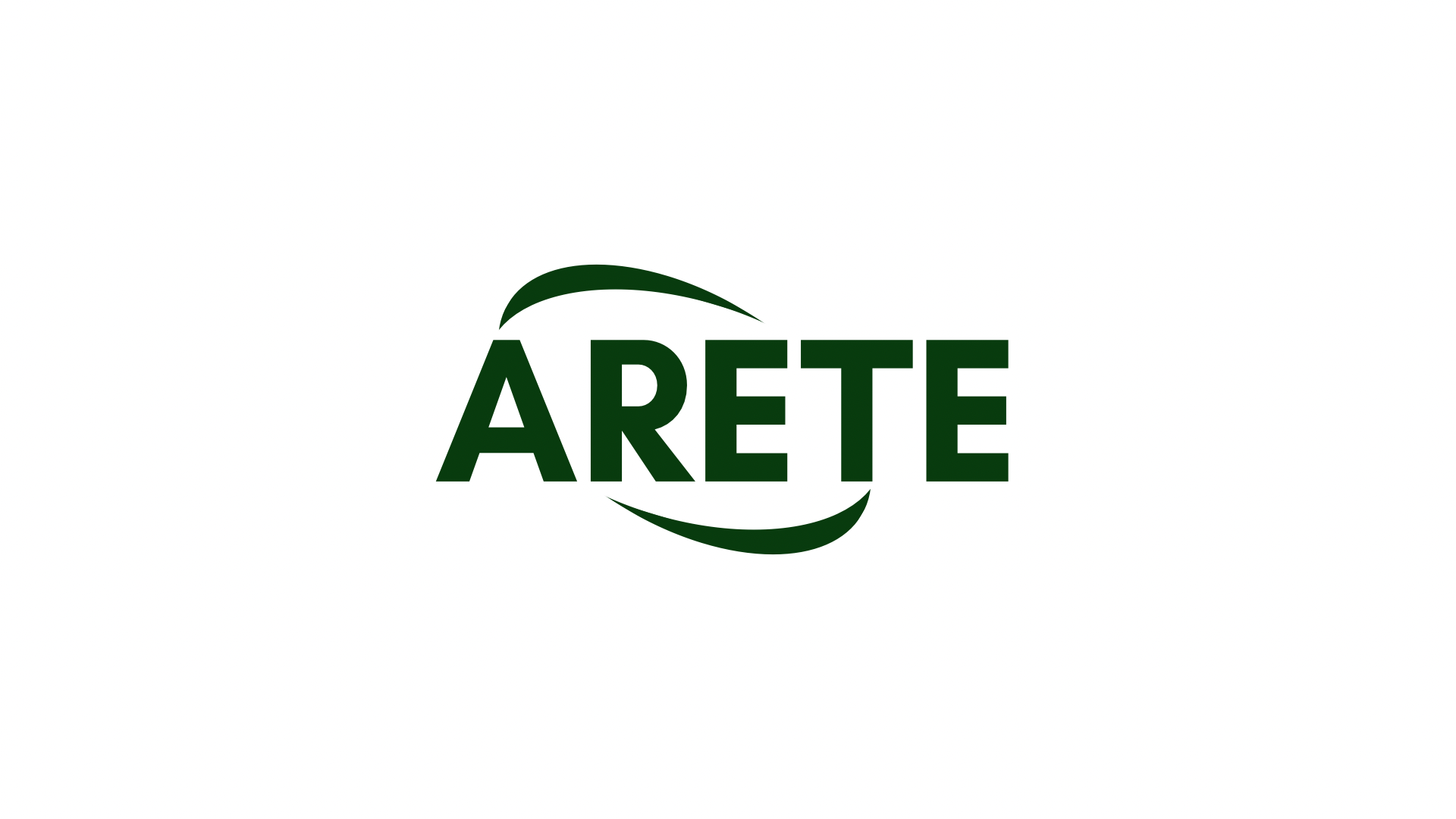Crypto Market Reversal Pattern: A Cautionary Tale of Gas Fees on Huobi
The cryptocurrency market has experienced a rollercoaster ride in recent months, with prices fluctuating wildly. One pattern that has been observed is the reversal formation, where prices move from an uptrend to a downtrend and then reverse back to an uptrend. However, this pattern can be misleading when it comes to understanding gas fees on major exchange Huobi.
What are Gas Fees?
Gas fees, also known as transaction fees, are charged by blockchain networks like Ethereum to validate transactions. These fees can be substantial, especially for high-volume transactions. On Huobi, the gas fee is automatically paid in Ethereum (ETH) tokens when a user initiates or completes a transaction on the platform.
Reversal Patterns
A reversal pattern involves a sudden change in direction of price movement, where prices initially move upwards but then reverse and fall back. This can be seen as a bearish reversal, where the market has been preparing for a downward pullback before reversing its trend.
Huobi Gas Fees: A Double-Edged Sword?
On Huobi, gas fees have been a double-edged sword. While they are designed to incentivize users to participate in transactions and contribute to the network’s security, high gas fees can deter some users from trading or sending large amounts of assets. In an environment where volatility is high, this can lead to increased market risk.
Crypto Market Reversal Pattern
The reversal pattern observed in the crypto market could be a sign that prices are due for a pullback. This could happen as the market takes time to digest recent price movements and adjust its valuation. However, it’s essential to note that this pattern alone does not guarantee a pullback.
Huobi Gas Fees: A Double-Edged Sword in Crypto Market
In the context of Huobi’s gas fees, high fees can be particularly problematic during times of market stress or rapid price fluctuations. High gas fees can reduce trading volumes and make it more expensive for users to participate in transactions, which can exacerbate market volatility.
Conclusion
The reversal pattern observed in the crypto market could be a sign that prices are due for a pullback. However, it’s essential to consider the role of Huobi’s gas fees when assessing this pattern. While high gas fees can contribute to increased market risk during times of stress, they may also provide an opportunity for investors to profit from price movements.
Recommendations
To navigate this reversal pattern and reduce exposure to gas fees:
- Diversify your portfolio: Spread investments across different asset classes and markets to minimize risk.
- Set stop-loss orders: Set stop-loss orders to limit potential losses in case prices move against you.
- Monitor market volatility: Keep an eye on market trends and adjust your strategy accordingly.
By understanding the reversal pattern and considering gas fees when assessing this movement, investors can make more informed decisions about their trading strategies.

